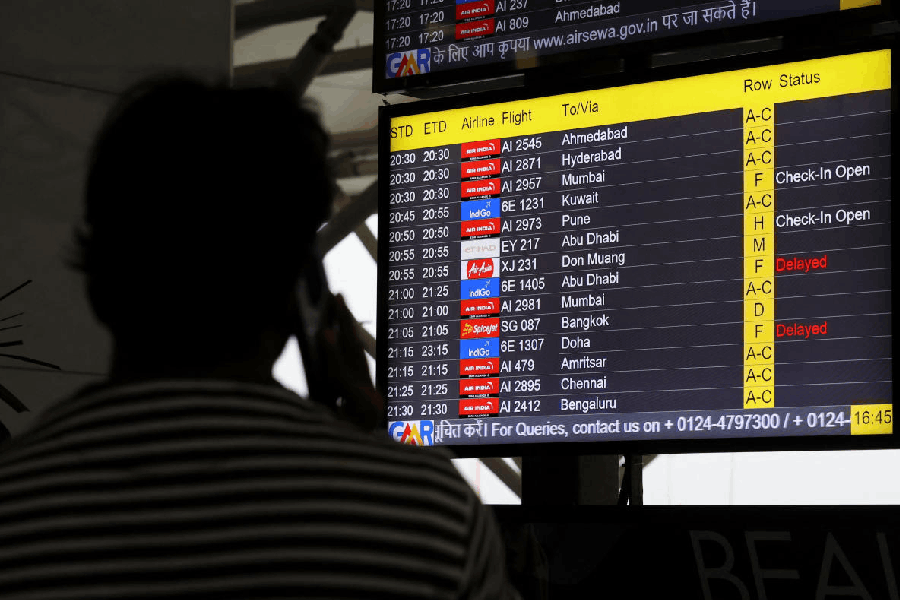At a crowded airport, you wait for your flight. Nearby, a group of travellers gathers around a television, watching a Formula 1 race. You can’t hear anything — but they can through their headphones or wireless earbuds. This is the future of audio. LE Audio and Auracast are expected to become buzzwords this year. LE Audio, introduced with Bluetooth 5.2 and 5.3, is a low-power version of Bluetooth built to stream audio more efficiently. Auracast, a feature of LE Audio, enables a transmitter to broadcast one or multiple audio streams to unlimited receivers, including earbuds and hearing aids.
Why LE Audio matters
When Bluetooth debuted in 1999, it was designed for wireless data applications and included audio, but music wasn’t its main focus. LE Audio changes that. It uses LC3, or Low Complexity Communication Codec, which supports multiple bit depths (16, 24, 32), unlimited channels, and sampling rates from 8 to 48 kHz. Bit rate is key. It’s the amount of data transmitted per second. The higher the bit rate, the richer the audio.
Listening to music on classic Bluetooth sounds acceptable, but switch to LE Audio and you’ll notice sharper clarity thanks to the LC3 codec. Beyond quality, LE Audio offers lower latency, less power use, and stronger signals for Bluetooth hearing aids, allowing developers to add more features without draining batteries.
What Auracast means for hearing aids
Auracast lets you stream TV audio directly to your headphones, cutting through background noise. Since it also works with hearing aids, it benefits a wider user base. Imagine the impact on public broadcast systems. Brands like Signia, ReSound, and Oticon already use LE Audio in their hearing aids.
Users experience better sound in movie theaters, airports, and train stations, where background noise usually interferes. With Auracast, hearing aids connect straight to broadcast systems or TVs — provided the device supports it.
Currently, many aids rely on induction loop systems, which use magnetic signals picked up in Telecoil mode. While effective, loops aren’t everywhere, and audio quality shifts with your position. Auracast is cheaper, more consistent, and more flexible.
“Auracast is an evolution of Bluetooth,” said Mohit Anand, co-founder and CEO of Secure Connection Limited, the global licensee of Honeywell.
Google has added Auracast to Android 16, enabling earbuds to connect to public channels for announcements. Some Samsung devices already support it for audio sharing. By building it into Android 16, Google is pushing adoption.
As public spaces roll out Auracast transmitters, Android users will be ready to join this new ecosystem. In May, Samsung and GN (hearing aid provider) demonstrated Auracast at London’s St. Paul’s Cathedral during Global Accessibility Awareness Day (GAAD). Attendees using Galaxy Buds3 Pro or GN hearing aids could tune into a shared broadcast, experiencing synchronized audio.
Benefits of Auracast
Shared audio experiences: Listeners can enjoy a unified and enriched experience, whether using earbuds or a compatible hearing aid.
Seamless audio handoff: When moving from your smartphone to TV, or from public to private spaces, sound stays with you — as you don’t have to manually pair your device to each new audio source.
Audio clarity: Auracast reduces background noise as audio is directly broadcast into your ears, providing a clearer sound experience.
Personalised sound: Whether in a museum, a stadium, an airport, or at home, Auracast allows you to tailor audio settings to your preferences.










